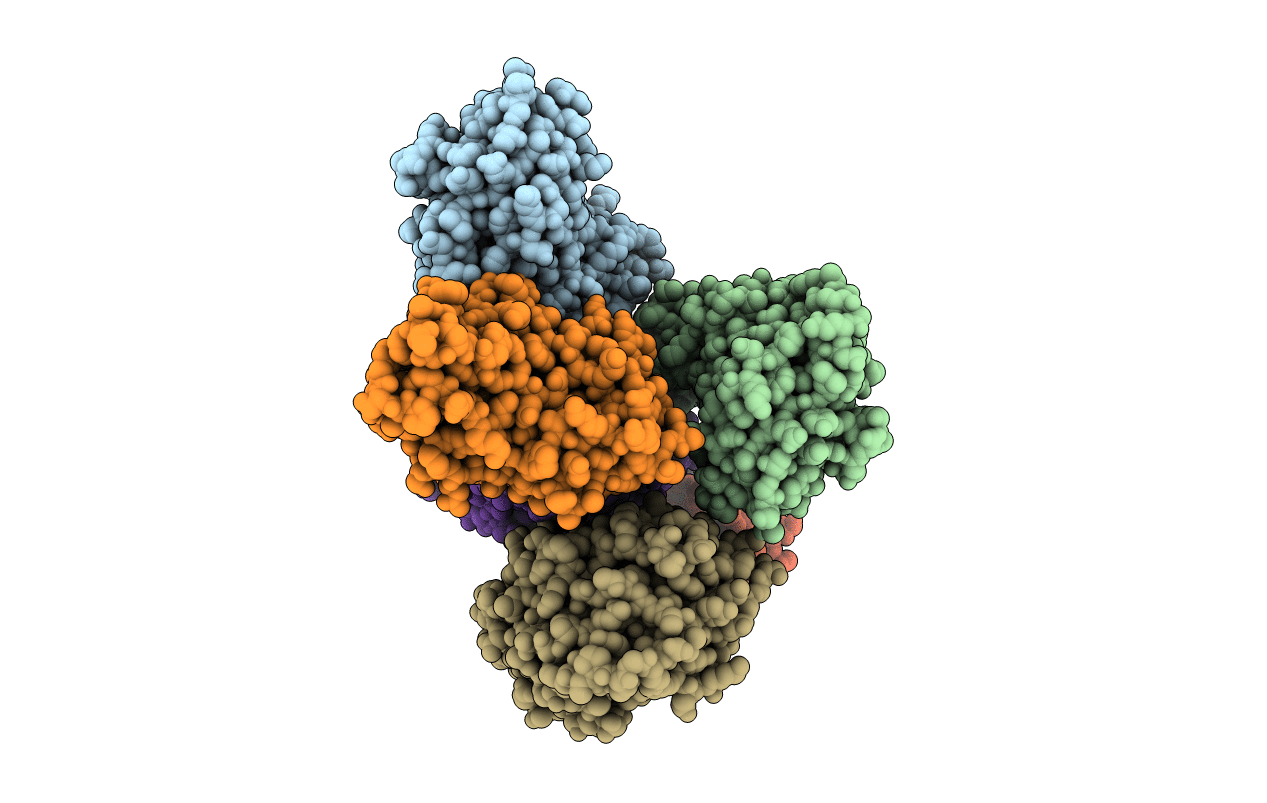
Deposition Date
2017-01-05
Release Date
2017-03-15
Last Version Date
2023-10-04
Entry Detail
PDB ID:
5UFV
Keywords:
Title:
Crystal Structure of a Cellulose-active Polysaccharide Monooxygenase from M. thermophila (MtPMO3*)
Biological Source:
Source Organism:
Myceliophthora thermophila (Taxon ID: 573729)
Host Organism:
Method Details:
Experimental Method:
Resolution:
2.45 Å
R-Value Free:
0.20
R-Value Work:
0.16
R-Value Observed:
0.16
Space Group:
P 1 21 1


